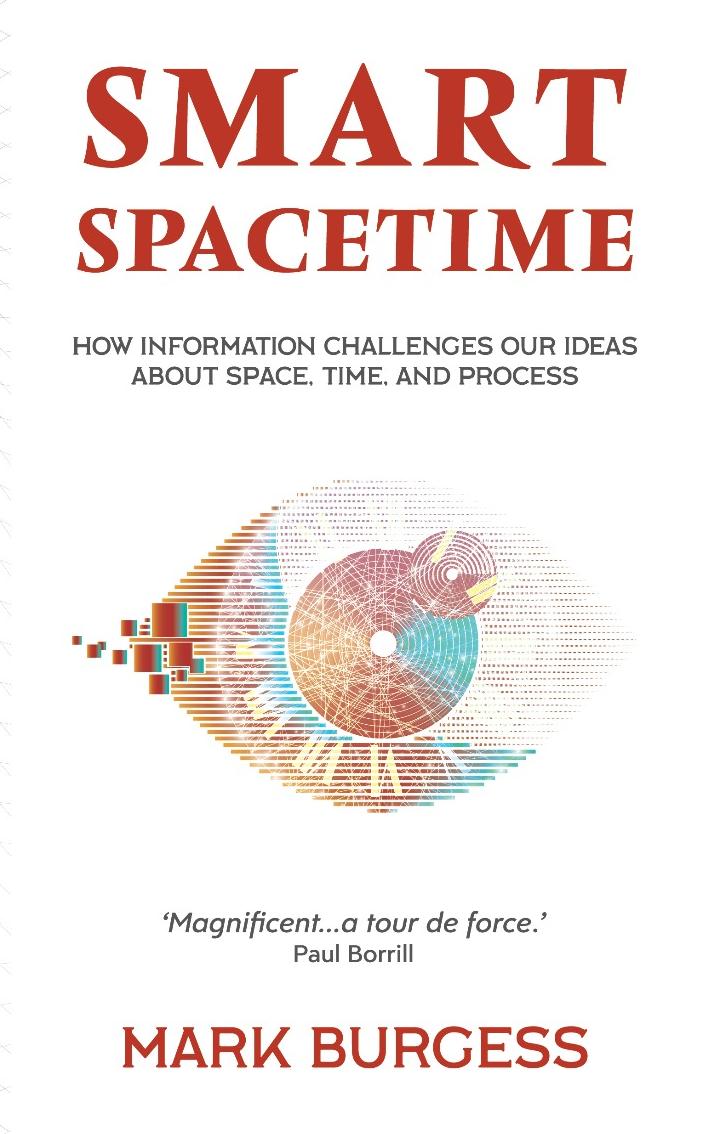Trust in Network Society
This work is carried out in collaboration with NLnet.
Trust semantic learning and monitoring is part of a wide ranging effort to understand trust in network socio-technical systems. The expected outcome of this part is a methodology and proof of concept code library for qualifying and quantifying trust between agents in a network. In IT, trust is often treated as a binary "crypto token", based on some validation test, and developers naively speak of zero trust systems without understanding the depth of what trust really is. But, trust is a deeply social phenomenon, which changes in real time based on social and technical interactions. By applying learning algorithms and data analytics to streamed interactions, this project attempts to qualify and quantify a measure of trust as a way of making realtime risk estimates.
The project summary: A Trust User Guide
Key result: this work on trust predicts a formula for group size probability compatible with the Dunbar numbers, based on the mistrust/attentiveness of users working towards a common goal.

Data from Wikipedia open platform compared to the theory.

Prior work
Builds on the founding ideas in these works:
- Local and Global Trust Based on the Concept of Promises
- Notes on Trust as a Causal Basis for Social Science (also)
- Authority (I): A Promise Theoretic Formalization
Draft scientific papers
- A Promise Theory Perspective on The Role of Intent in Group Dynamics
- Group Related Phenomena In Wikipedia Edits
Project research notes
- Item 1, Literature summary (in progress) (pdf)
- Item 2, Notes on Incorporating Operational Trust Design into Automation (Companion to code examples) (pdf) (code example repository)
- Item 3. Promise Theory model of trust and trustworthiness (complete draft for peer review) (pdf)
- Item 4. Narrative Attentiveness Notes on Analysis and Assessment of Semantic Trustworthiness v0.1 (pdf)
- Item 5: Trust assessment examples (Notes accompanying examples and code) (pdf)
- Item 6: Group collaboration of users on Wikipedia A data study of trust dynamics (Notes accompanying examples and code) (pdf)
- Item 7: Studying attack resilience in human-machine processes using (mis)trust(worthiness) as a predictor (The security angle) (pdf)
- Item 8: Code consolidation. (pdf)
- Item 9: Machine Learning Model for simplifying trust allocation: therole of heuristics (pdf)
- Item 10: Summary of the project: A Trust User Guide
Program code repositories
The repository for this project is in two repositories:Supplementary popular outreach, impact communication
These articles are intended to be made public where the relevant audience is.
- (None)
- Popular summary of trust model (pdf)
- Popular summary of trust model, part 2 (pdf)
- Should we trust what we read? (pdf)
- Trust is useful because conflict and error are human constants? (pdf)
- Birds of a Feather Mistrust Together (Alignment, group dynamics, drifting intentions, and the Promise Theory of Trust) (pdf)
- What does trust have to do with security anyway? (pdf)
- Oslo DevOpsDays Talk....
- Can we learn when to trust? New research on relating trust, (machine) learning, and heuristics
- How shall we live? On trust and paying attention in the 21st century
End note: as I was closing this project, I chanced upon this thesis about trust which is worthy of attention! Formalising trust as a computational concept, by Stephen Paul Marsh



